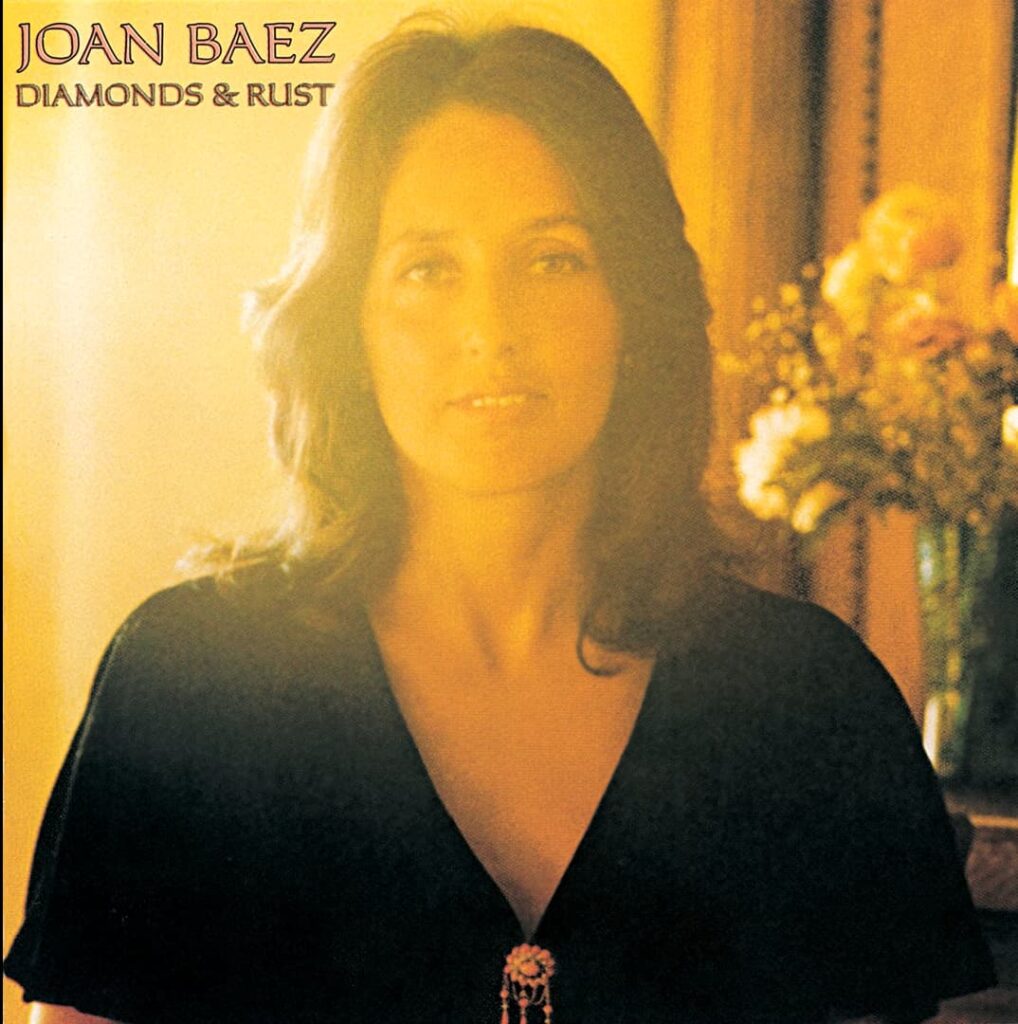
The Quiet Ache of Chance and Memory: Joan Baez’s Intimate Reading of “Simple Twist of Fate”
When Joan Baez recorded “Simple Twist of Fate” for her 1975 album Diamonds & Rust, she wasn’t merely covering Bob Dylan — she was, in a sense, conversing with him. The song, originally featured on Dylan’s 1975 masterwork Blood on the Tracks, had already been recognized as one of his most haunting meditations on love and loss. Yet when Baez lent her crystalline soprano and quiet tremor of vulnerability to the piece, she transformed it. Released at a time when both artists had long shared — and long lost — a deeply personal bond, Baez’s version took on the character of memory itself: lucid, graceful, and aching with unspoken recognition. Though her rendition was not issued as a single and thus never charted, it remains one of the most emotionally resonant performances in her vast catalogue — a moment where art and history quietly converge.
At its core, “Simple Twist of Fate” is about the tyranny of chance — how a life can pivot on a single moment, how two souls might collide and part again with no explanation other than fate’s indifferent hand. Dylan’s original frames the story through a series of cinematic vignettes: the lovers’ chance meeting by the waterfront, the shared night, the quiet departure, and the long echo of regret that follows. His tone is detached yet wounded, reflective yet unresolved — as if narrating from the other side of a dream. Baez, however, approaches the same material as both interpreter and witness. Her phrasing softens Dylan’s stoic fatalism, imbuing each line with a feminine compassion and weary acceptance that feels almost confessional. Where Dylan observes, Baez remembers.
Musically, Baez’s treatment is deceptively simple. Her voice, floating above the understated acoustic arrangement, carries a purity that renders every syllable luminous. She lingers over words like “fate” and “gone” as if to feel their texture — to test whether resignation can coexist with tenderness. The result is less a cover than a reimagining: a moment where the emotional temperature shifts from Dylan’s cold introspection to Baez’s aching warmth. In doing so, she reframes the song’s meaning — not as the lament of a man undone by love, but as a reflection on the impermanence of all human connection.
There is also, inevitably, the ghost of their shared past hovering over the performance. Diamonds & Rust — the album that houses “Simple Twist of Fate” — famously opens with Baez’s own autobiographical song addressed to Dylan, a poetic reckoning with love, memory, and time. To include one of his most personal songs within that same collection was no accident; it was a quiet act of dialogue, a gesture of understanding that words alone could not hold. In Baez’s voice, “Simple Twist of Fate” becomes both tribute and closure — a meditation on what remains when the song ends and silence takes its place.
Nearly half a century later, Baez’s version endures not because it eclipses Dylan’s, but because it listens to it — and in doing so, reveals another layer of the truth it holds. Her performance is a reminder that fate, though cruel, is also the wellspring of art: that from the smallest twist of circumstance, an entire world of feeling can be born, and remembered, in song.